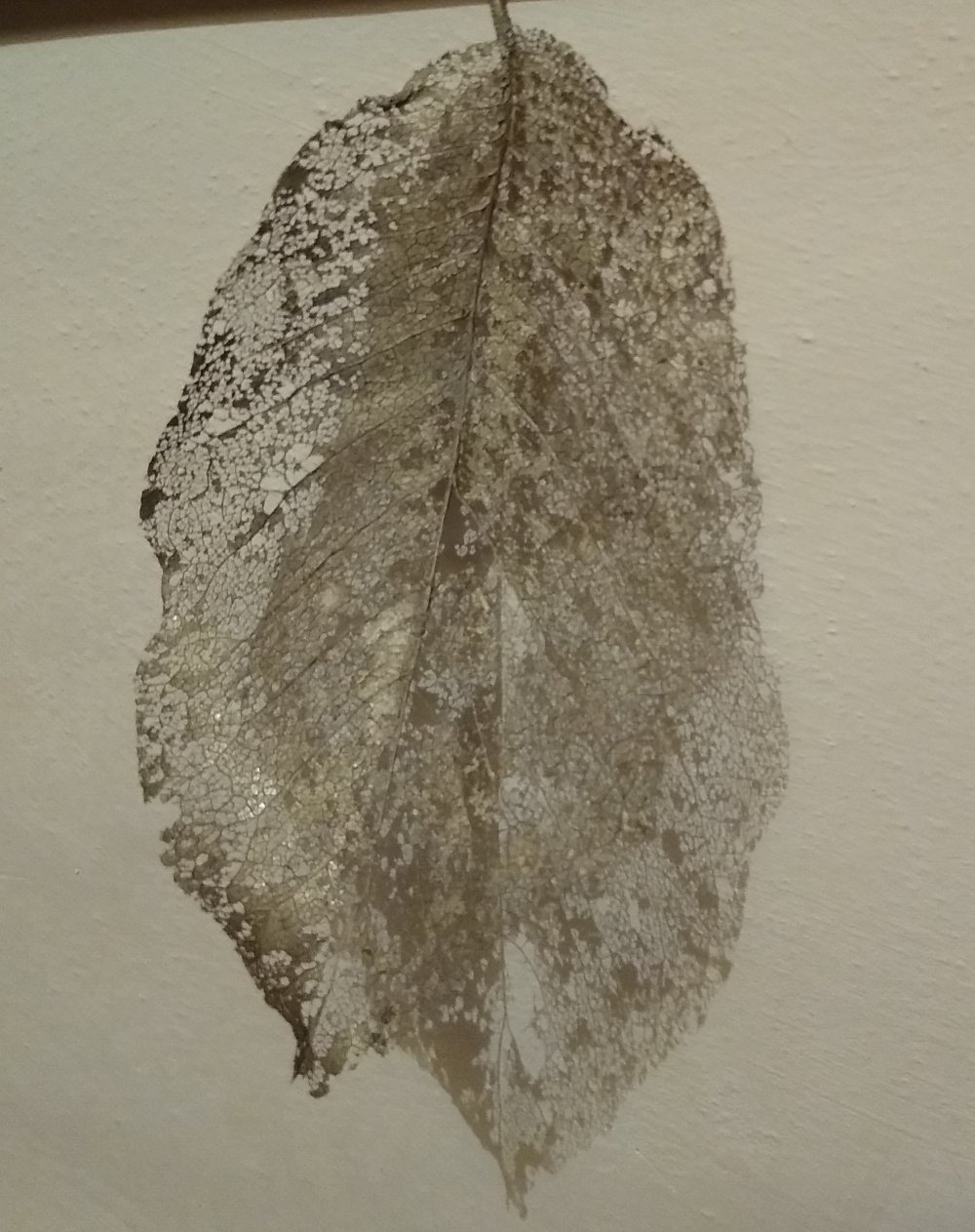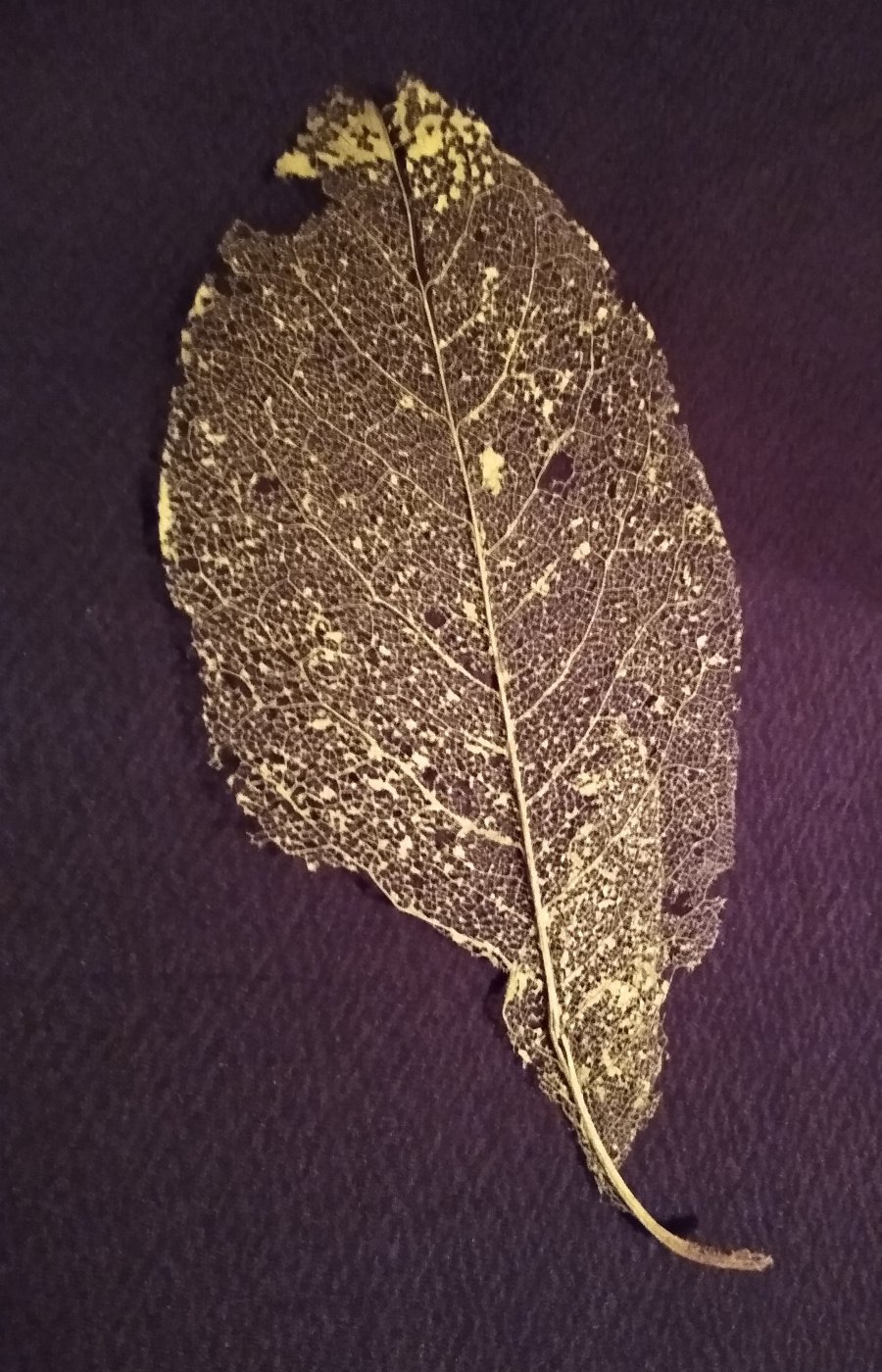This Forum will close on Wednesday 27 March, 2024. Please refer to the announcement on the Discussions page for further detail.
Lignin and cellulose.....
 Woodgreen
Posts: 1,273
Woodgreen
Posts: 1,273
I just read a post in the thread about 'Cleaning a pond', in which @pansyface gave a roughly scientific explanation (her words) of how leaves break down in ponds. How the cellulose breaks down more quickly than the lignin, leaving leaf skeletons.
I was reminded of a UFO I have upstairs (unfinished object) and I duly found these.....
So thank you @pansyface, for jogging my memory. I need to finish this, before they get damaged (they are of course magnolia leaves sprayed with gold paint.)


I was reminded of a UFO I have upstairs (unfinished object) and I duly found these.....
So thank you @pansyface, for jogging my memory. I need to finish this, before they get damaged (they are of course magnolia leaves sprayed with gold paint.)


3
Posts
The idea came from seeing how lovely the netted remains of magnolia leaves are at the end of winter, but also from a book by Penny Black, 'The Complete Book of Pressed Flowers' in which she uses them to beautiful effect.
I look at the fallen leaves now and they look so tough, though they're deciduous, but they must break down easily.
Last year after mowing up a patch of magnolia leaves I mulched a small enclosed raised bed with them.
By spring it had turned into a fluffy covering that resembled cut-up net curtains, really weird stuff!
As for doing things at the right time -- I pressed those leaves in a notepad for a couple of years before remembering to spray them.
What were the flowers in your photo? They remind me of clary, though I've not grown that myself.